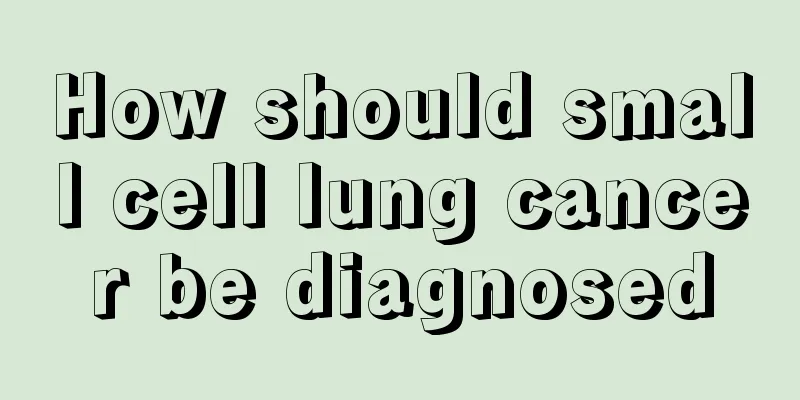What does Big and Small Sanyang mean

|
Many people don’t understand what big triple positive and small triple positive are. In fact, big three positive means that in the two-pair-half test of hepatitis B, the surface antigen, e antigen and core antibody are all positive. The "small three positive" refers to the immunological indicators of chronic hepatitis B patients or hepatitis B virus carriers, in which the hepatitis B surface antigen, e antibody, and hepatitis B core antibody are positive. The difference between the two is that the e antigen is positive and the e antibody is negative in the big triple positive, while the e antigen is negative and the e antibody is positive in the small triple positive. Long-term untreated hepatitis B virus may cause great harm The big three positives are highly contagious, contain a large number of hepatitis B viruses, and have a high level of viral replication. When the hepatitis B virus in the body continues to replicate and attack liver cells, the body's own immune system will kill these viruses, but will also deal with normal liver cells, causing liver cell necrosis and lesions, resulting in liver damage and abnormal liver function, further accelerating the progression of the disease. Clinical manifestations of small triple positive 1. Chronic HBV carriers are mostly asymptomatic and are often in the immune tolerance period. Except for the "big three positives" and positive virus tests, other growth indicators and even pathological indicators are normal. Although no drug treatment is required during this period, regular testing and observation are required to detect disease progression in time. Research on carriers has also shown that a small number of carriers have normal liver function, but the disease still progresses. After several years, it can also progress to hepatitis, cirrhosis and even liver cancer. Therefore, regular check-ups are required to detect disease progression in time and intervene in time. 2. Chronic hepatitis B : It can be divided into three types: mild, moderate and severe according to the condition. Mild: The condition is relatively mild, with recurrent symptoms of fatigue, dizziness, loss of appetite, aversion to oil, yellow urine, discomfort in the liver area, poor sleep, slightly enlarged liver with slight tenderness, and mild splenomegaly. Some cases have no symptoms or signs. Only 1 or 2 liver function indicators were slightly abnormal. Moderate: Symptoms, signs, and laboratory tests are between mild and severe. Severe: There are obvious or persistent symptoms of hepatitis, such as fatigue, poor appetite, abdominal distension, yellow urine, loose stools, etc., accompanied by liver disease face, liver palms, spider nevi, splenomegaly, repeated or persistent increase in ALT and/or aspartate aminotransferase (AST), decreased albumin, and significantly increased immunoglobulin G. |
<<: Is laser lithotripsy harmful to the kidneys?
>>: Tips to prevent mascara from smudging
Recommend
What are the symptoms of breast cancer? 4 early symptoms of breast cancer
The high incidence of breast cancer is basically ...
Why do I have chest pain when I wake up in the morning?
Chest pain is a type of gynecological disease tha...
What are the Chinese medicines for internal use used to treat lung cancer? A complete list of Chinese medicines for internal use to treat Yin deficiency type lung cancer
Chinese medicine for lung cancer treatment Oral C...
What should I do if I find that my right back pain is caused by liver cancer? How can liver cancer be cured?
Liver cancer is a serious malignant tumor disease...
Where is the duodenum located?
The duodenum is the most critical part of the hum...
What are the common symptoms of pneumothorax
Pneumothorax is a symptom that is relatively harm...
How to prevent nasopharyngeal cancer? What are the traditional Chinese medicine prescriptions for treating nasopharyngeal cancer?
How to prevent nasopharyngeal cancer? What are th...
There will be a horizontal line when you bend your arm
Normally, horizontal lines will not appear when y...
What should adolescent boys pay attention to when they have nocturnal emission
When an adolescent boy experiences nocturnal emis...
Early detection of breast cancer Different breast examination frequencies for different populations
If breast cancer can be detected early, its cure ...
What causes nasopharyngeal cancer
Nasopharyngeal carcinoma is a malignant tumor and...
What injection should I get for eye inflammation
Many people often suffer from inflammation in the...
How to remove tea stains from teeth
Nowadays, people pay much attention to their appe...
What causes bloating and belching?
Many patients have an irregular lifestyle which h...
Which types of people are most likely to develop prostate cancer
Diseases can bring a lot of troubles to people, w...









